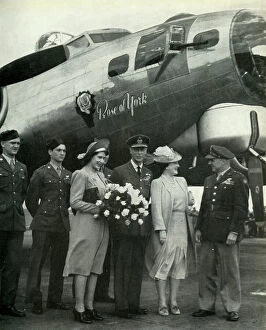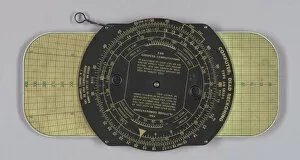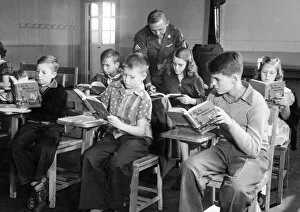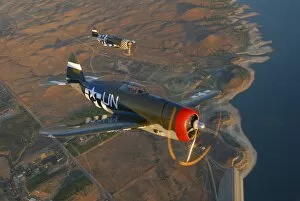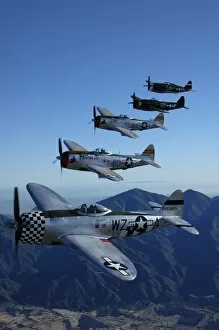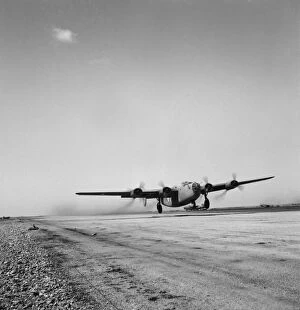United States Army Air Forces Collection
"Remembering the United States Army Air Forces: A Legacy of Courage and Innovation" Step back in time to the era of World War II
For sale as Licensed Images
Choose your image, Select your licence and Download the media
"Remembering the United States Army Air Forces: A Legacy of Courage and Innovation" Step back in time to the era of World War II, when the skies were dominated by brave aviators who formed the United States Army Air Forces. This remarkable military branch played a pivotal role in shaping history, utilizing cutting-edge technology and unwavering determination. One such technological marvel was the Protractor Model 3-B, an instrument that guided pilots with precision during their missions. Its creator remains unknown, but its impact on navigation cannot be understated. In 1943, Martin Aircraft Co introduced the Martin B-26B-25-MA Marauder "Flak-Bait, " a formidable bomber that struck fear into enemy forces. With its sleek design and superior firepower, it became an icon of American air power. The AN 5740 Navigation watch from Hamilton Watch Co served as a trusted companion for countless pilots throughout the 1940s. Its reliability ensured accurate timing during critical maneuvers high above enemy territory. Training aircraft used by Tuskegee Institute showcased not only technical prowess but also shattered racial barriers. These planes represented hope and equality as African-American aviators defied stereotypes and soared to new heights. Lt. Col. Woodrow W. Crockett's aviator silk scarf symbolized courage and camaraderie among soldiers in 1942. It bore witness to countless missions flown with valor and honor against all odds. Fenton B. Sands relied on his Type AN 5835-1 dead reckoning computer during his service from 1944 to 1948—a testament to innovation aiding strategic decision-making amidst chaos. The iconic Tuskegee Airman flight jacket worn by Lt. Col Woodrow W. Crockett embodied resilience in adversity—an emblem of triumph over discrimination faced by these trailblazing heroes. On June 22nd, 1943, US Flying Fortresses unleashed devastation upon a German synthetic rubber factory in Huls.

